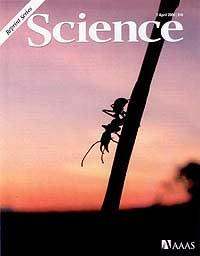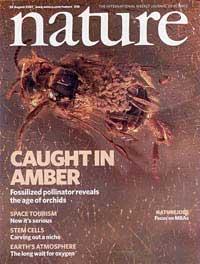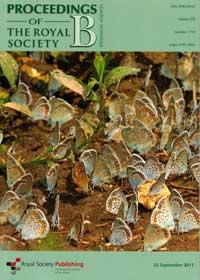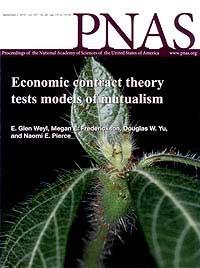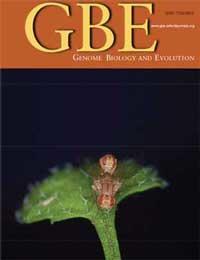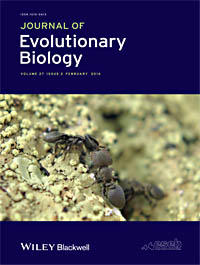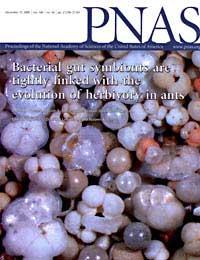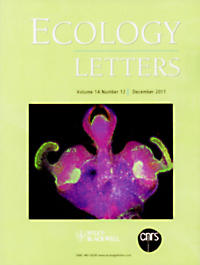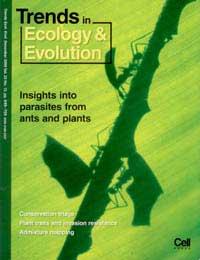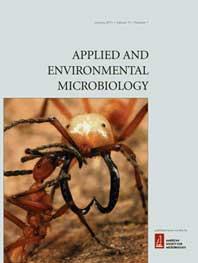Bisch G, Minna-Maria Neuvonen MM, Pierce NE, J.A. R, Koga R, Sanders JG, Łukasik P, Andersson SGE.
Genome evolution of Bartonellaceae symbionts of ants at the opposite ends of the trophic scale. Genome Biology and Evolution. 2018.
Hu Y, Sanders JG, Łukasik P, D’Amelio K, Millar JS, Vann DR, Lan Y, Newton JA, Schotanus M, Kronauer DJC, et al. Herbivorous turtle ants obtain essential nutrients from a conserved nitrogen-recycling gut microbiome. Nature Communications. 2018;9 (964).
Crall JD, Switzer CM, Oppenheimer RL, Ford Versypt AN, Dey B, Brown A, Eyster M, Guerin C, Pierce NE, Combes SA, et al. Neonicotinoid exposure disrupts bumblebee nest behavior, social networks, and thermoregulation. Science. 2018;362 (6415) :683-686.
Kawahara AY, Breinholt JW, Espeland M, Storer C, Plotkin D, Dexter KM, Toussaint EFA, St Laurent RA, Brehm G, Vargas S, et al. Phylogenetics of moth-like butterflies (Papilionoidea: Hedylidae) based on a new 13-locus target capture probe set. Molecular Phylogenetics and Evolution. 2018.
Haney CH, Wiesmann CL, Shapiro LR, O’Sullivan LR, Khorasani S, Melnyk RA, Xiao L, Han J, Bush J, Carrillo J, et al. Rhizosphere-associated Pseudomonas induce systemic resistance to herbivores at the cost of susceptibility to bacterial pathogens. Molecular Ecology. 2018;27 :1833-1847.
Publisher's Version Crall JD, Kocher S, Oppenheimer RL, Gravish N, Mountcastle AM, Pierce NE, Combes SA.
Spatial fidelity of workers predicts collective response to disturbance in a social insect. Nature Communications. 2018;9 (1201).
Crall JD, Switzer CM, Oppenheimer RL, Ford Versypt AN, Dey B, Brown A, Eyster M, Guerin C, Pierce NE, Combes SA, et al. Neonicotinoid exposure disrupts bumblebee nest behavior, social networks, and thermoregulation. Science. 2018;362 (6415) :683-686.
 crall_neonicotinoid.pdf
crall_neonicotinoid.pdf Schär S, Eastwood R, Arnaldi KG, Talavera G, Kaliszewska ZA, Boyle JH, Espeland M, Nash DR, Vila R, Pierce NE.
Ecological specialization is associated with genetic structure. Proceedings of the Royal Society B. 2018.
 20181158.full_.pdf
20181158.full_.pdf Bisch G, Minna-Maria Neuvonen MM, Pierce NE, J.A. R, Koga R, Sanders JG, Łukasik P, Andersson SGE.
Genome evolution of Bartonellaceae symbionts of ants at the opposite ends of the trophic scale. Genome Biology and Evolution. 2018.
 bisch_barton.pdf
bisch_barton.pdf Kocher SD, Mallarino R, Rubin ER, Yu DW, Hoekstra HE, Pierce NE.
The genetic basis of a social polymorphism in halictid bees. Nature Communications. 2018.
 kocher_poly.pdf
kocher_poly.pdf Toussaint EFA, Breinholt JW, Earl C, Warren AD, Brower JVZ, Yago M, Dexter KM, Espeland M, Pierce NE, Lohman DJ, et al. Anchored phylogenomics illuminates the skipper butterfly tree of life. BMC Evolutionary Biology. 2018.
 touissant_et_al_2018_s12862-018-1216-z-2.pdf
touissant_et_al_2018_s12862-018-1216-z-2.pdf Kawahara AY, Breinholt JW, Espeland M, Storer C, Plotkin D, Dexter KM, Toussaint EFA, St Laurent RA, Brehm G, Vargas S, et al. Phylogenetics of moth-like butterflies (Papilionoidea: Hedylidae) based on a new 13-locus target capture probe set. Molecular Phylogenetics and Evolution. 2018.
 kawahara_moth.pdf
kawahara_moth.pdf 
